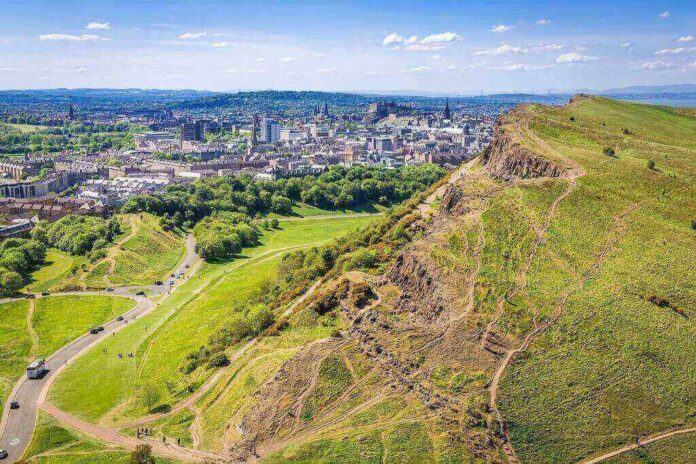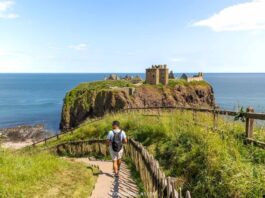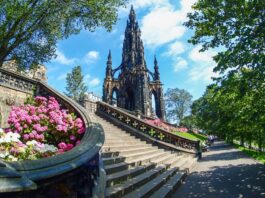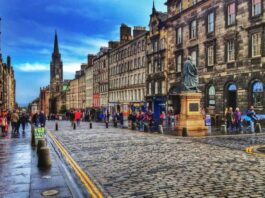Arthur’s Seat, which is located in Edinburgh’s southeast, is a well-liked trek in all seasons for both locals and visitors. It’s difficult to overlook the extinct volcano at the foot of the Royal Mile, which provides breathtaking panoramas of the city. Beyond that, though, the rock has played a significant role in the bizarre and beautiful culture of the city and has a wealth of fascinating facts of its own.
1. Nobody is aware of how it received its name.
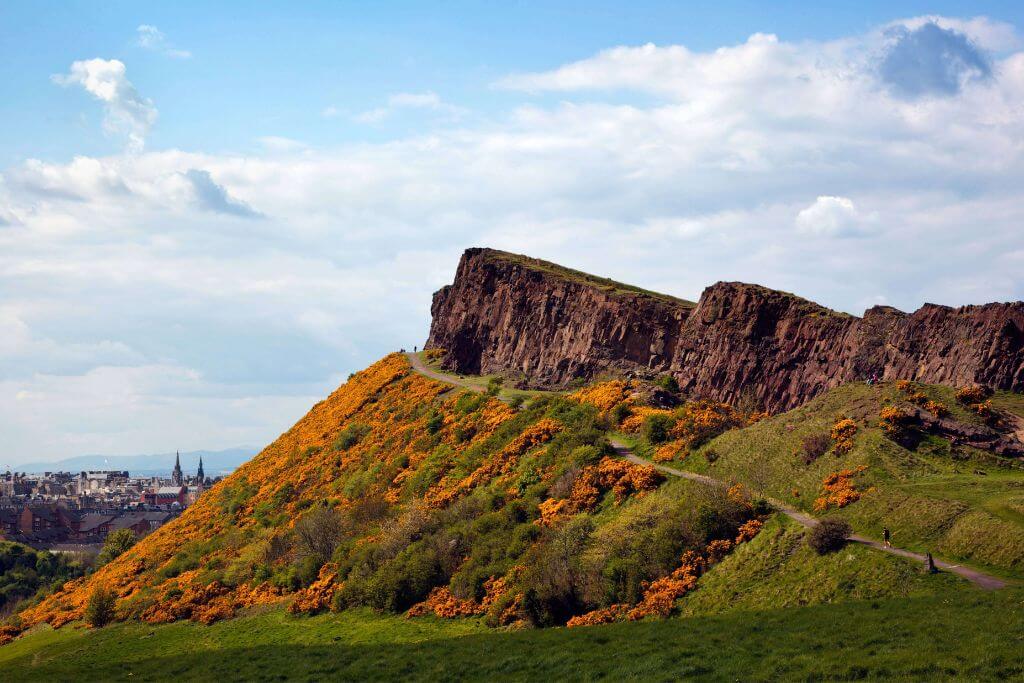
There are numerous theories as to how the hill earned its name, but no one is convinced of its provenance. Some claim that it served as the location of Camelot, the famous home of King Arthur and his honorable Knights. The idea that the name was derived from the Scottish Gallic word Àrd-na-Said, which means the height of arrows, was put out by William Maitland as another.
2. Dragons are sleeping on the rock.
Or at least so, says folklore. According to a traditional Celtic tale, a dragon once roamed the skies, terrorizing the area and devouring all the animals. It eventually consumed so much food that it eventually fell asleep and never woke up again.
3. On the cliff, little coffins were discovered.
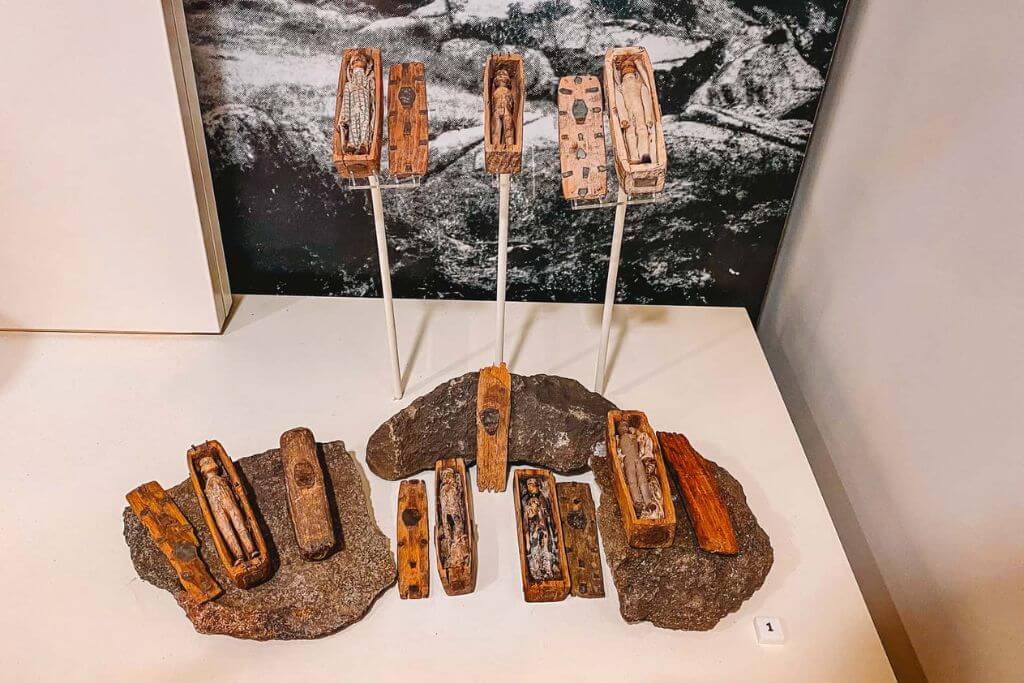
One of the strangest incidents in Edinburgh’s history occurred in 1836 when seventeen tiny coffins were discovered on the cliffside.
There were wooden figures in these coffins. They were all dressed differently and interred in three strata, the first two of which included eight coffins and the third simply one. The coffins were allegedly all buried on various dates, according to Charles Fort’s “Book of the Dammed.”
4. Young women clean their faces in Arthur’s seat’s dew.
On May Day, young girls would traditionally climb the hillside and wash their faces in the dew. According to legend, this would keep them appearing young and attractive. Robert Fergusson’s 1773 poem Auld Reekie makes the following reference:
On May-day, in a fairy ring,
We’ve seen them round St Anthon’s spring,
Frae grass the cauler dew draps wring
To weet their een,
And water clear as crystal spring
To synd them clean
5. Several fictional works feature Arthur’s Seat.
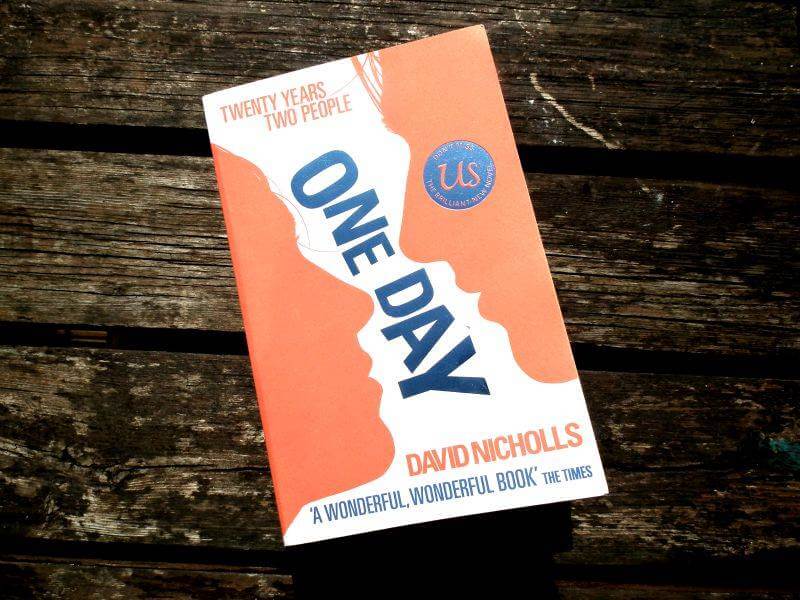
Over the years, the renowned hill has appeared in numerous books. Innumerable Ian Rankin books include Frankenstein by Mary Shelley, One Day by David Nicholls, The Underground City by Jules Verne, and many others.
6. It served as a haven for those who were in debt.
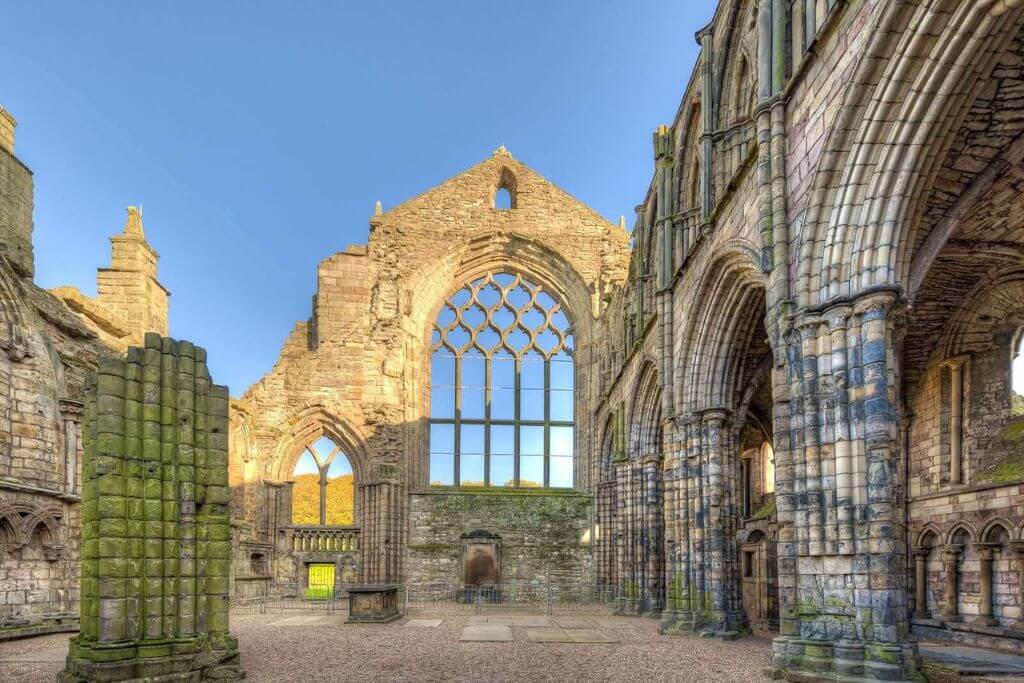
The Holyrood Abbey is located at the base of Arthur’s Seat. The Abbey served as a haven for those who were unable to pay their obligations on the grounds that surrounded it. Inside the limits of Abbey’s grounds, which included Holyrood Park, these so-called “Abbey Lairds” were able to dwell without interference from their creditors. They had basic housing and were only permitted to leave on Sundays.
7. The appearance of the hillside was altered by Prince Albert.
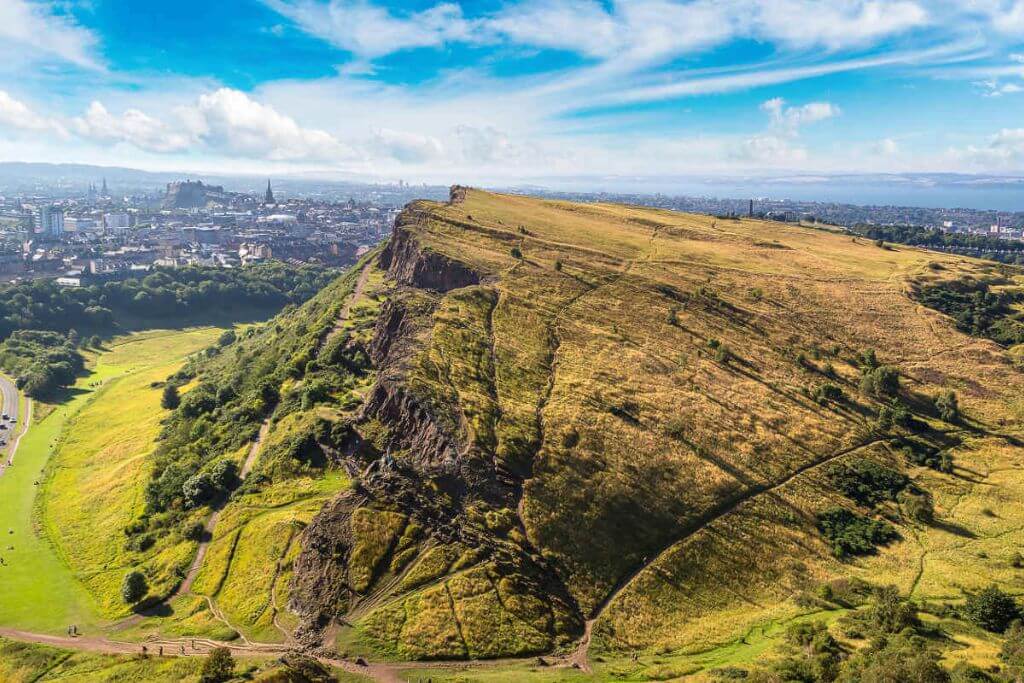
The fact that Queen Victoria and her husband, Prince Albert, were in love with Scotland was not a big secret. Albert, who at the time was quite a liberal man, began to worry more and more about the bog that was next to the Abbey at the bottom of the hill.
The Old Town’s trash has severely degraded the environment. He developed a plan to clear the bog, built Queen’s Road so that a carriage could view the wild Arthur’s Seat, and made St. Margaret’s Loch and Dunsapie Loch.
8. Nearby, Edinburgh Castle was constructed.
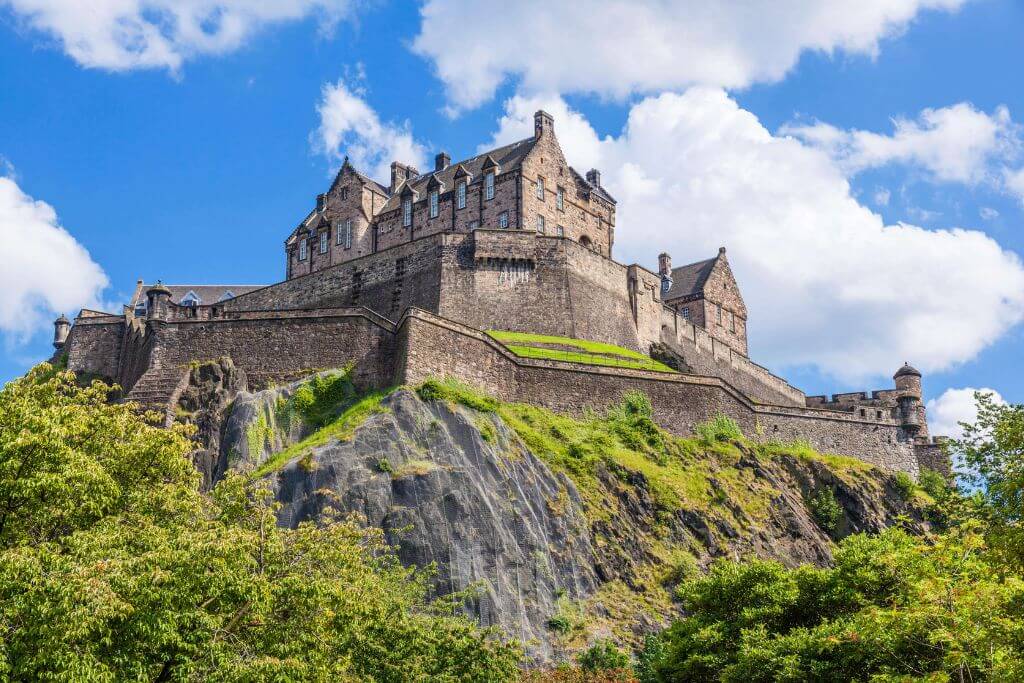
The distance from a local volcano to the enormous and stunning Edinburgh Castle is around two kilometers. The castle sits atop Castle Rock, a volcanic plug. However, it is not immediately above Arthur’s Seat. A volcanic plug is a volcanic artifact made around 350 million years ago from hardened magma.
Visitors shouldn’t worry, though, as the volcano hasn’t erupted in more than 350 million years. It is appropriately referred to as “Arthur’s Seat” and is the tallest of Edinburgh’s seven hills. As a result, many tourists enjoy trekking and walking around Arthur’s Seat. Permission is necessary to rock climb in certain of the mountain’s more difficult terrain zones.
